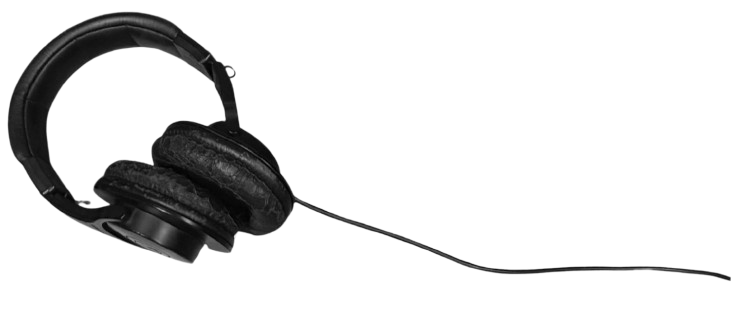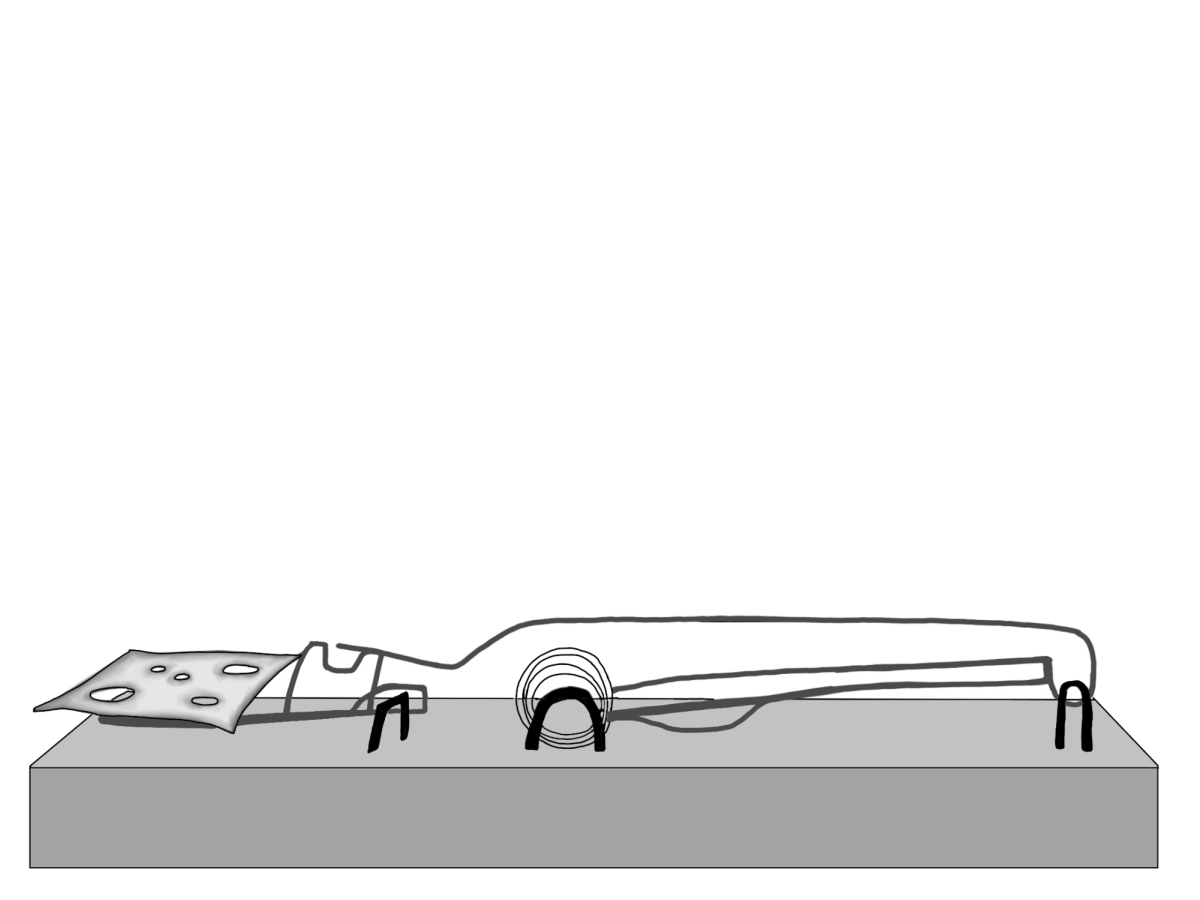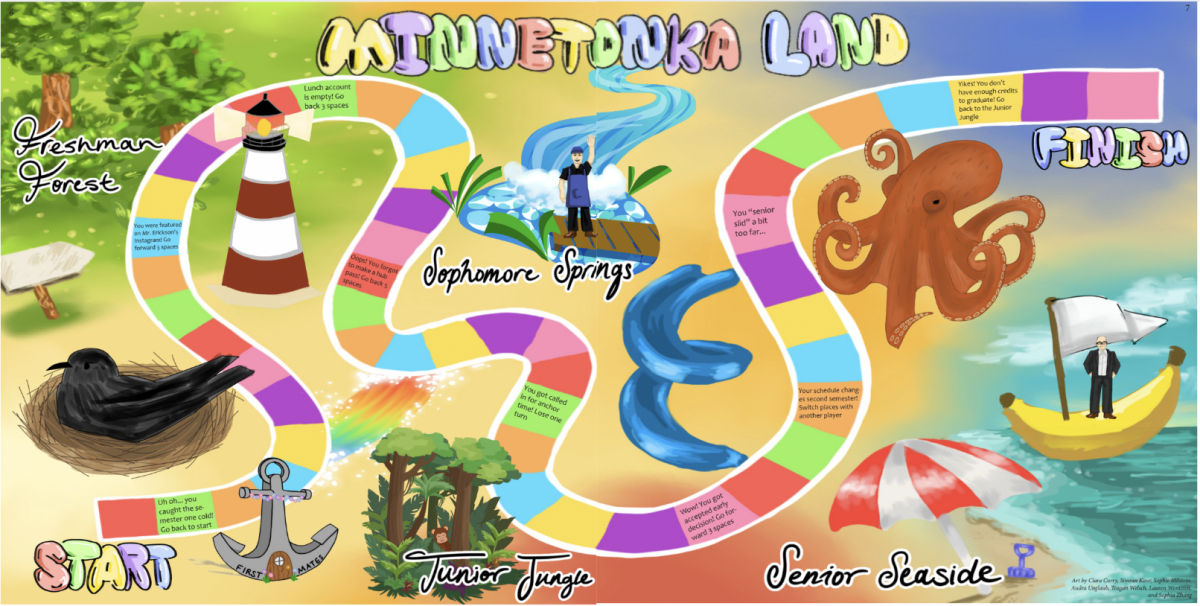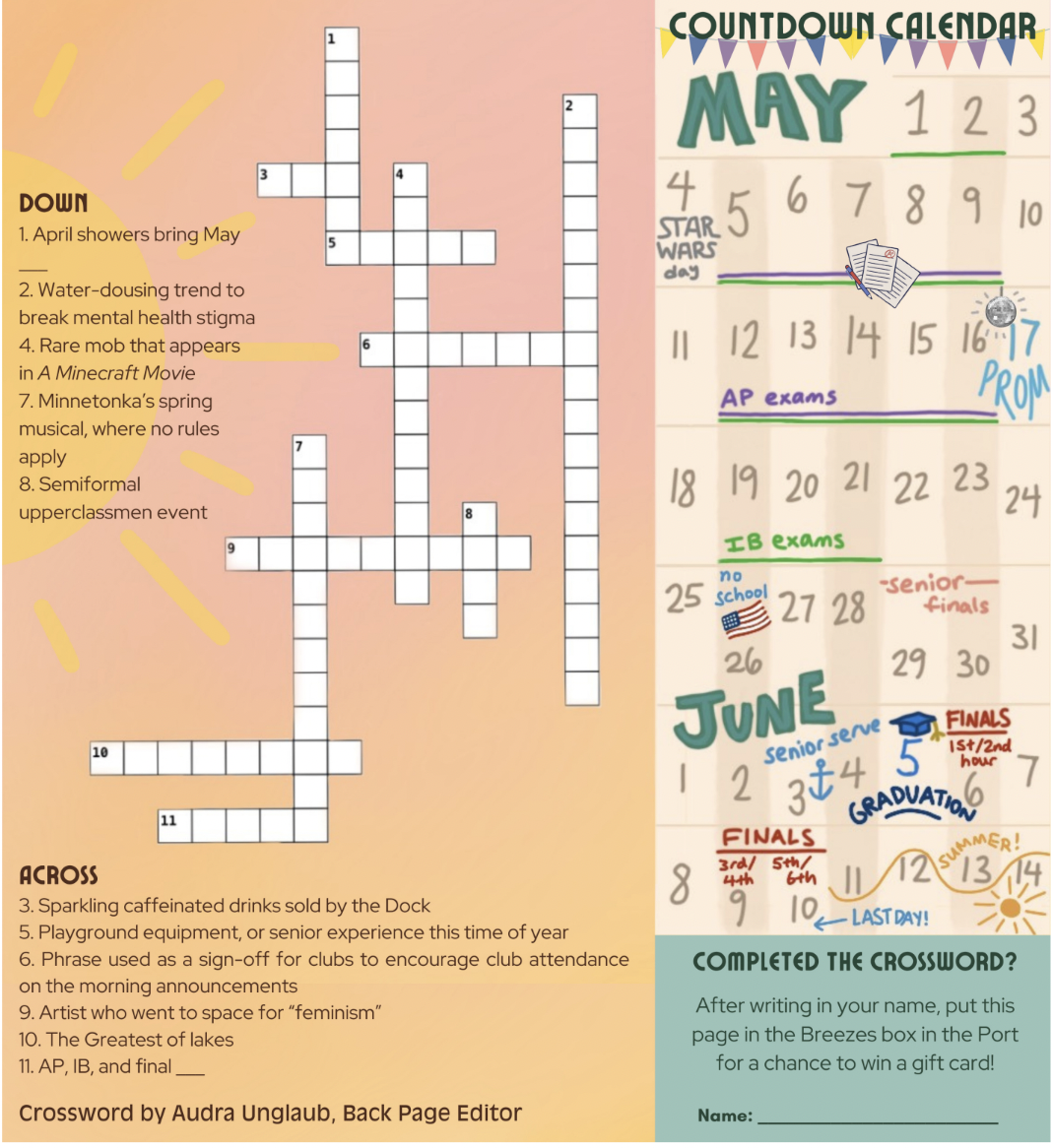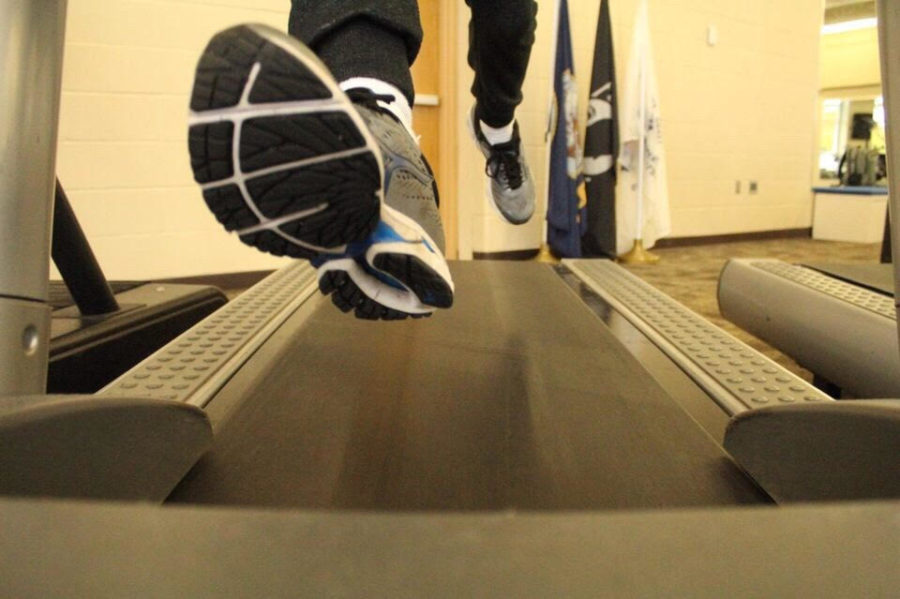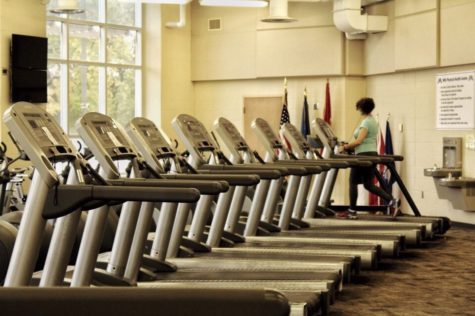Exercising the Benefits of Physical Activity and Its Effects on Academics
October 26, 2018
Exercise may seem like an extremely strenuous and daunting task, but there are many benefits to exercising, especially in relation to school.
The recommended amount of exercise for students is 60 minutes a day. This can be vigorous or moderate physical activity. Of course, there are the physical impacts, such as more muscle and less body fat, and improved cardiovascular health, but exercise also releases endorphins, which lowers stress, creates more energy, generates self-confidence, increases happiness, and overall has a positive effect on mental health.
Along with these effects, exercise has proven to be extremely beneficial when it comes to education. At school, students are able to focus their attention and concentrate better. Academic behaviors such as getting homework completed on time are positively impacted also by regular exercise. Even standardized test scores and grades have been proven to increase with exercise.
In addition, one’s quality of sleep can improve from regular exercise. When one sleeps after exercising, the quality of sleep becomes a deeper sleep and many are also able to fall asleep at a faster rate. One problem for many students is that it is hard to fit exercise into a busy schedule.
Onalee Erickson, ‘19, says she definitely finds exercise beneficial but she “just doesn’t have the time in [her] schedule” and “exercise should be a regular thing.”
There are not a multitude of ways for students to fit exercising into a busy schedule, but one way is to prioritize exercise and have accountability towards exercising. A way to have accountability is to be part of something that requires exercise, such as a sports team or work out with a group of people for a certain amount of time every week (with a continual schedule).
Another way to fit exercise into a busy schedule is by simply breaking exercise into chunks; exercise does not have to be two hours of straight running. It can be going on a walk in between homework from different classes or quickly doing push-ups and sit-ups before having dinner. Because of the Internet, it has become easy to find quick exercises that can generate all of the impactful benefits. There are many ways to complete exercise that are not necessarily the “regular” way to exercise.
Mrs. Allyson Hornseth, a health teacher at Minnetonka High School, says, “You can find something that you like, and that you find fun and makes you happy. Exercise doesn’t have to be work. It doesn’t have to be strenuously exhausting; there are definitely things you can do. I feel like people get a negative stigma towards exercise and that it has to be miserable, when it doesn’t have to be.”
Exercise is an important activity that can be fun and should be a priority because of the many benefits mentally, physically, and in relation to school.


